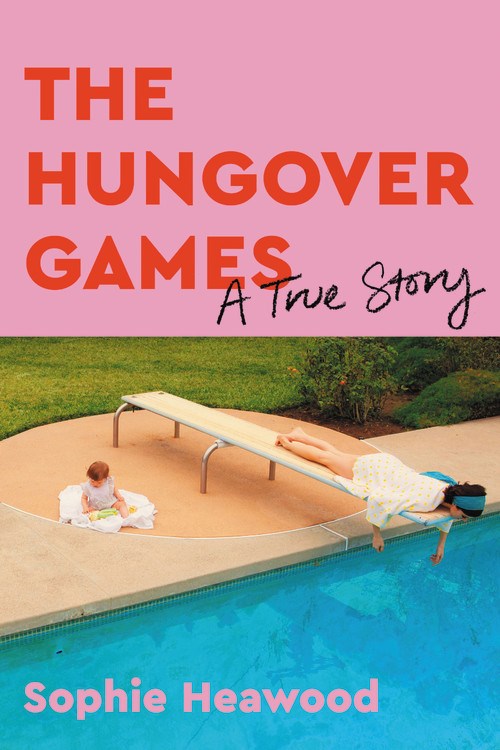These two delicious new mysteries are a book nerd’s delight! One’s a modern-day retelling of a perennially popular short story, and the other imagines the personal lives of three women we know mainly through their published work.
Holly Watt’s To the Lions is a darkly compelling tale drawn from the real-life adventures of its British investigative journalist author. It’s also the latest take on the 1924 O. Henry Award-winning short story, “The Most Dangerous Game.”
Our heroine, Casey Benedict, is an intrepid investigative reporter at a major London newspaper. She and her colleague, Miranda, are intelligent and daring women who view immense risk as just another part of the job. When Casey (in disguise, natch) overhears a disturbing conversation at a nightclub, her interest is piqued. Why did a wealthy young man named Milo commit suicide, and what did it have to do with a recent hush-hush hunting expedition?
The women soon realize that Milo’s demise merely scratches the surface of a host of grim goings-on—namely, a group of powerful, wealthy men who go to North Africa for the most horrific of hunts. As the journalists work to infiltrate the network (with the newsroom team offering clever strategy and on-the-spot saves), the reporters find themselves confronting questions they’ve long avoided answering. Why do they do this work? Are they fearless or reckless? How far will they go to get the story?
The hunters and the hunted battle for primacy in a harrowing and exciting tale that’s at once as old as time and newly illuminating thanks to Watt’s skillfully crafted, thought-provoking examination of power, corruption and morality.
Now, let’s turn back the clock with Bella Ellis’ The Vanished Bride. It’s 1845 in Yorkshire, and the Brontë sisters—Charlotte, Emily and Anne, not yet published writers—are shocked to learn that their neighbor, Elizabeth Chester, has gone missing. A copious quantity of blood was left behind, the police don’t seem to be very concerned, and her known-to-be-violent husband isn’t pushing for answers.
The sisters decide to join forces and investigate as a way to get justice for Elizabeth, put their prodigious imaginations to good use and do something meaningful rather than sitting at home bemoaning their spinsterhood. It’s a risky undertaking in a stiflingly patriarchal time, but the sisters are determined, and more than a bit excited, ’tis true.
The Brontës venture near and far in pursuit of the truth, becoming masters of subterfuge and subtle manipulation along the way. Readers will thrill to the chase as clues reveal themselves, witnesses step forward and fade back, and the sisters’ charming and feckless brother Branwell pops up to urge them on or throw a wrench into things.
This first book in a series is an engaging, smart and inspiring read. Ellis writes with both reverence and sly humor, skillfully blending fact and fiction. In her hands, it’s pure fun to imagine what the Brontës, themselves a bit of a mystery, were really like—and to picture them sleuthing across the moors, undeterred by sexism, mortal danger or prohibitively poufy petticoats.






 Society journalism—that is, the gossip pages—doesn’t carry the same gravitas as other areas of journalism. That might change with Gatecrasher. Author Ben Widdicombe, a former gossip reporter, shares lessons about the world’s wealthiest people gleaned from attending Academy Awards parties, lunches at Elaine’s and weddings at Mar-a-Lago for the past two decades.
Society journalism—that is, the gossip pages—doesn’t carry the same gravitas as other areas of journalism. That might change with Gatecrasher. Author Ben Widdicombe, a former gossip reporter, shares lessons about the world’s wealthiest people gleaned from attending Academy Awards parties, lunches at Elaine’s and weddings at Mar-a-Lago for the past two decades. British writer Sophie Heawood was living her dream, working as a journalist covering the entertainment industry in LA. She wrote breezy celebrity profiles, went out every night and came home to her tiny Sunset Boulevard apartment.
British writer Sophie Heawood was living her dream, working as a journalist covering the entertainment industry in LA. She wrote breezy celebrity profiles, went out every night and came home to her tiny Sunset Boulevard apartment. Do you think helmets are for wimps and seat belts are for suckers? Is following rules something other people do? If your answer is “Hell, yeah!” then you would’ve loved Action Park, a 35-acre New Jersey amusement park that provided dangerous entertainment for 20 crowded, wild summers beginning in 1978. Gene Mulvihill was the charismatic, impulsive, creative, law-avoiding, retail magnate, millionaire founder, and Andy Mulvihill, who wrote Action Park with journalist Jake Rossen, is his son.
Do you think helmets are for wimps and seat belts are for suckers? Is following rules something other people do? If your answer is “Hell, yeah!” then you would’ve loved Action Park, a 35-acre New Jersey amusement park that provided dangerous entertainment for 20 crowded, wild summers beginning in 1978. Gene Mulvihill was the charismatic, impulsive, creative, law-avoiding, retail magnate, millionaire founder, and Andy Mulvihill, who wrote Action Park with journalist Jake Rossen, is his son.











